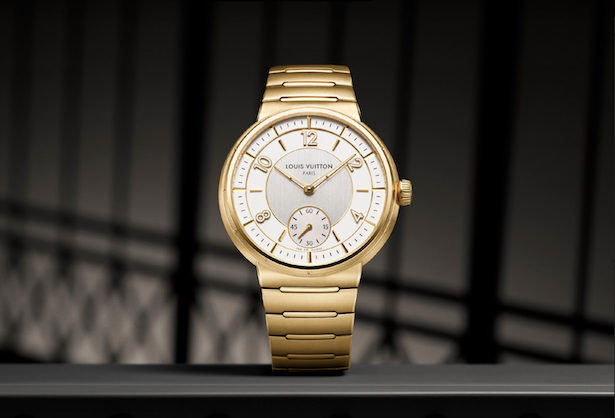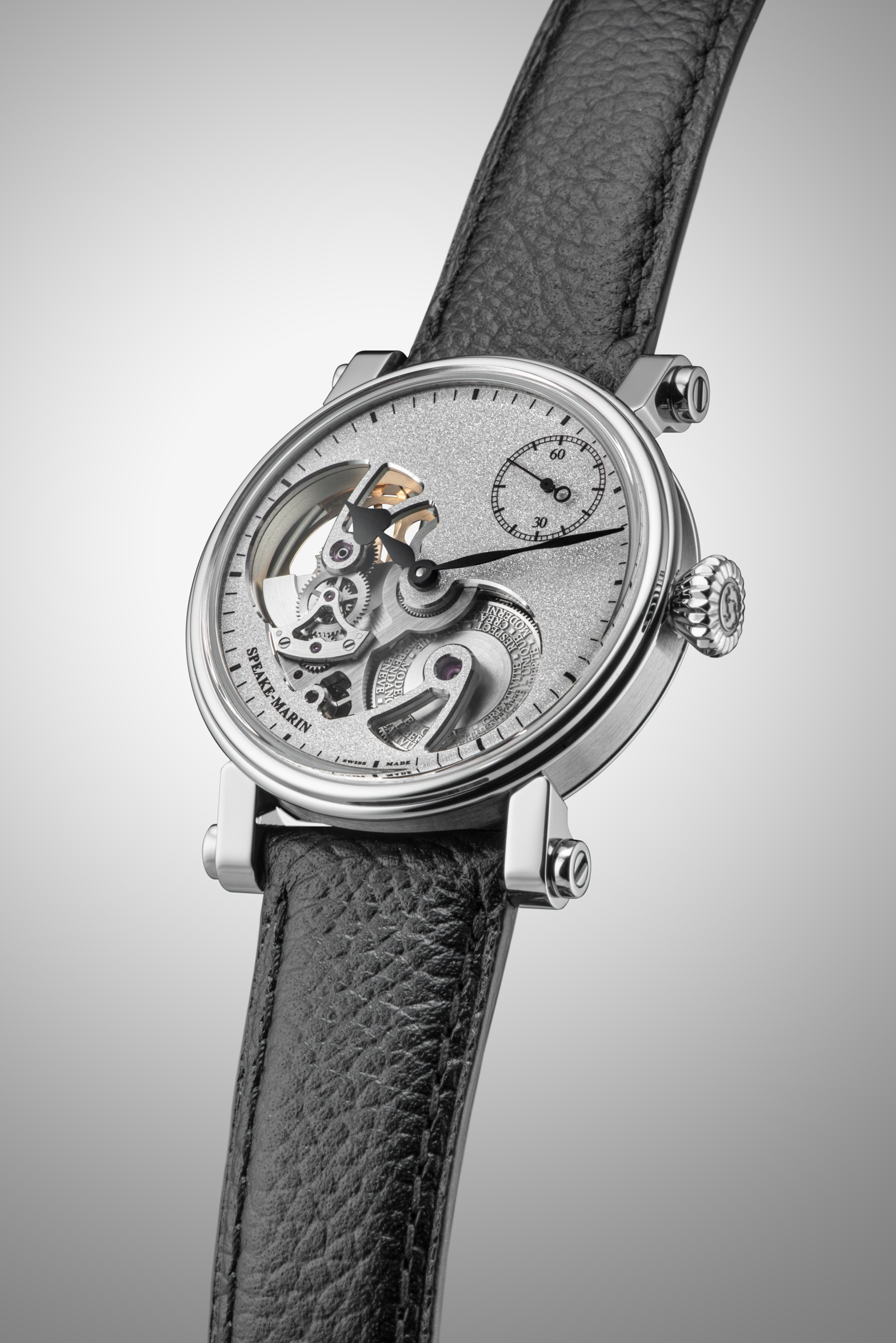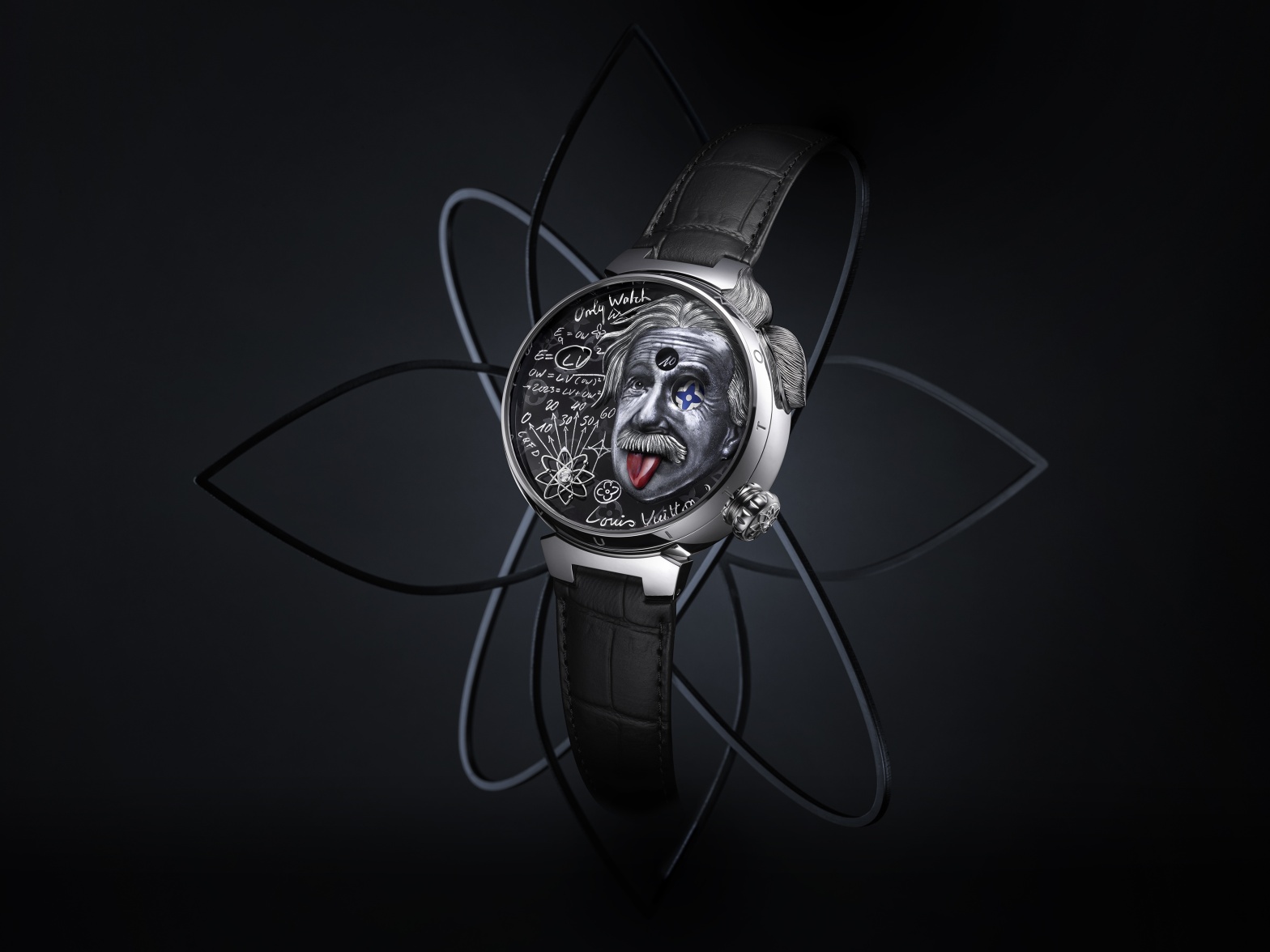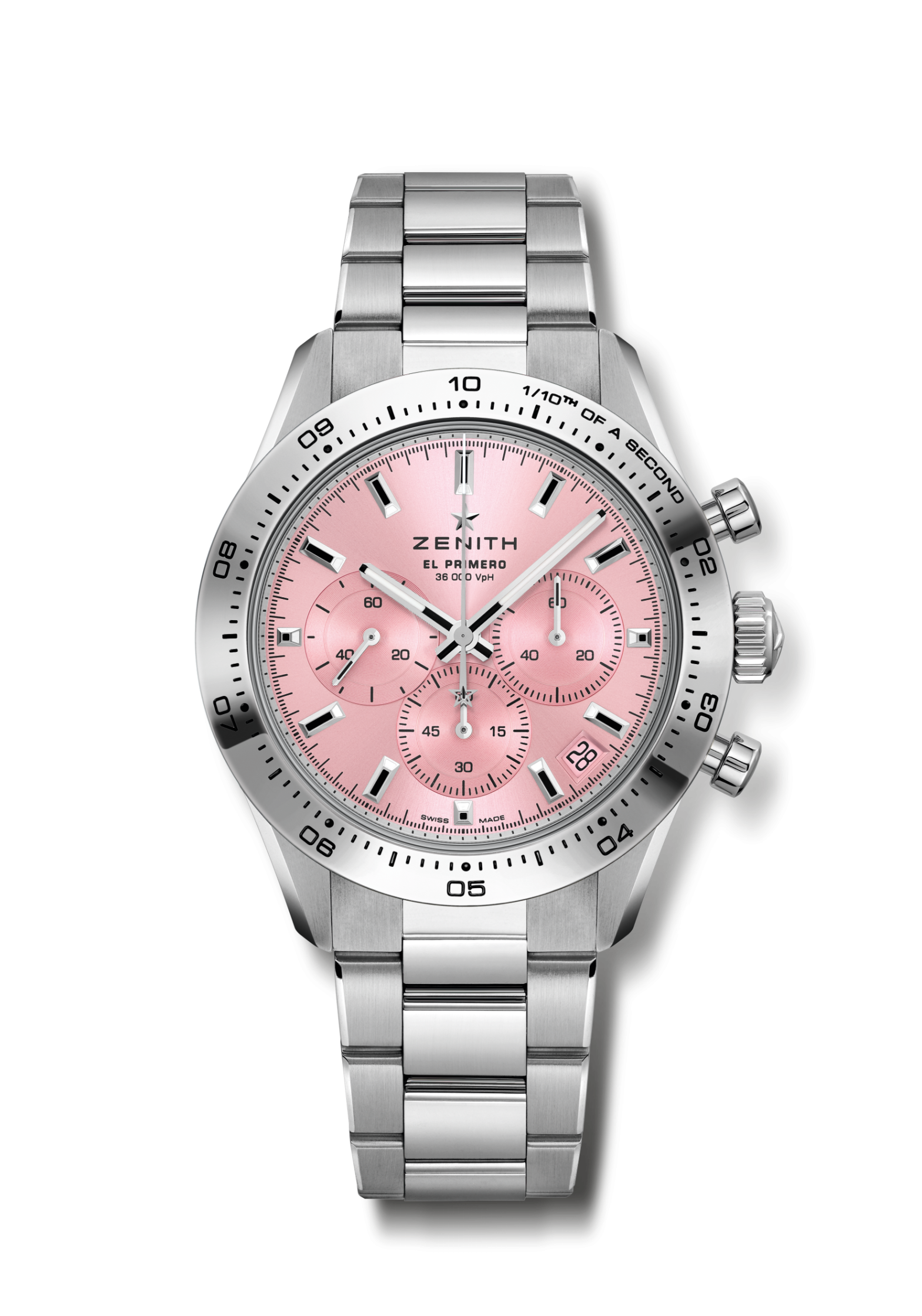The first observations pertaining to the natural resonance phenomenon were made by 17th century Dutch scientist Christiaan Huygens, fol- lowed by 18th century horologists Antide Janvier and Abraham-Louis Breguet, who developed timepieces based upon this principle. Since then, François-Paul Journe is the first and only watchmaker to manufacture wristwatches that perform through acoustic resonance.
When he presented his first Résonance wristwatch in 2000, it was baptized Résonance under the patented brand name Résonance®. The F.P.Journe Chronomètre à Résonance is the only wristwatch in the world that utilizes the physical natural resonance without any mechanical transmission phenomenon, previously known as double pendulum or double balance.
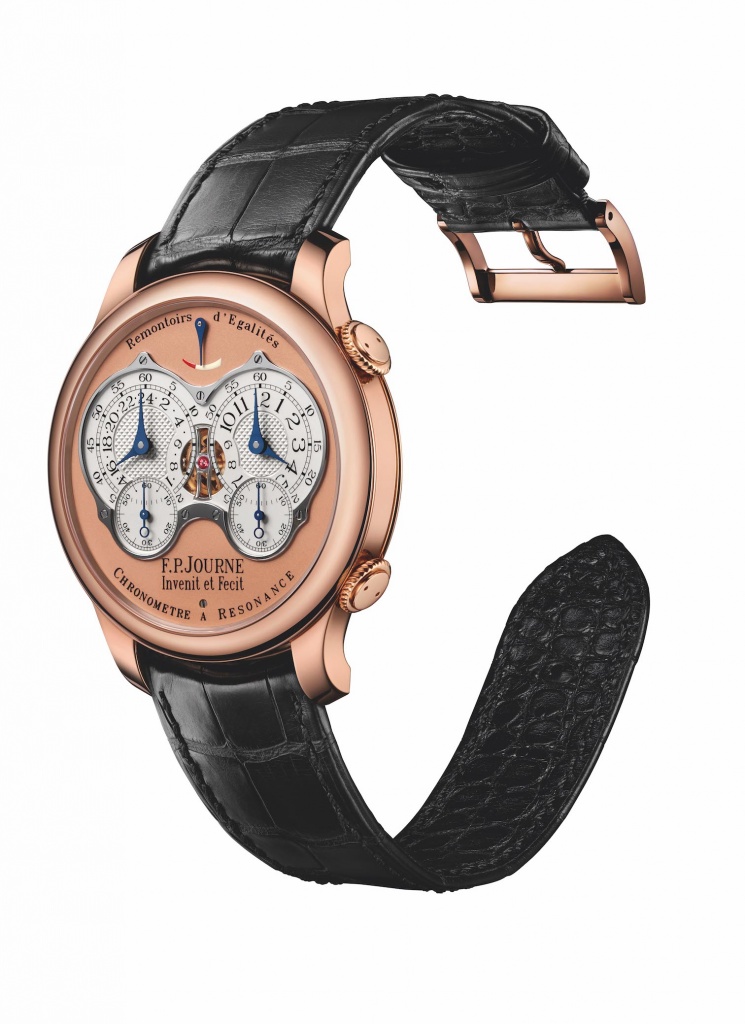
Conceived, developed and built to meet the demands of actual wear on the wrist and thereby provide chronometric performance driven to extremes, this watch represents one of the wildest challenges in the field of mechanical watches! Each of the two balances alternately serves as exciter and resonator. When the two balances are in movement, they enter into harmony thanks to the resonance phenomenon and begin to beat naturally in opposition. The two balances then support each other, giving more inertia to their movement. This result is possible only if the difference of the frequency from one to the other does not exceed 5 seconds per day cumulated on six positions. Their setting is an extremely delicate task.
Whereas an external disturbance affects the running of a traditional mechanical watch, the same disturbance, for the Chronomètre à Réso- nance, produces an effect that accelerates one of the balances as much as it slows down the other. Little by little, the two balances come back towards each other to find their point of harmony, thus eliminating the disturbance, and beating in perfect synchronization.
This emblematic watch that distinctively signs François-Paul Journe’s horological research on precision was awarded “Montre à Grande Com- plication” at the Grand Prix d’Horlogerie de Genève in 2010. François-Paul Journe has conceived several versions of his wristwatch throughout the last 20 years; the first 20 by Subscription (2000), the first collection series (2001), the Ruthenium series (2001-2002), with movement in 18 K rose Gold (2005), the digital 24 hours Résonance (2010), the analogic 24 hours Résonance (2019), and the new Chronomètre à Réso- nance (2020).

Moving towards more precision, always!
The new Chronomètre à Résonance has only one single barrel spring to provide power for the two movements. A differential placed on the first wheel, visible in the centre of the dial, transmits, independently, the energy of the barrel spring towards the two secondary gear trains. Each sec- ondary gear train is equipped with a Remontoir d’Egalité of a frequency of 1 second. Working in such a way, the force received by the escapements remains linear and assures isochronism throughout 28 hours.
The Chronomètre à Résonance features a redesigned case with a crown now placed at 2 o’clock easing the winding of the watch in position 0 and the time setting in position 2, clockwise for the left dial and anti-clockwise for the right dial. The pulling of the crown at 4 o’clock simul- taneously resets both seconds.
On the movement side, 2 remontoirs d’égalité (constant-force device) provide a linear force to each of the two balance springs to remain isochronous during 28 hours.
This model is available with a case in Platinum or in 18 K 6N Gold in 40 or 42 mm diameter. The dial is proposed in 18 K white or 6N Gold with 2 hour subdials in whitened Silver Guilloché clous de Paris. Leather strap or Gold or Platinum bracelet.
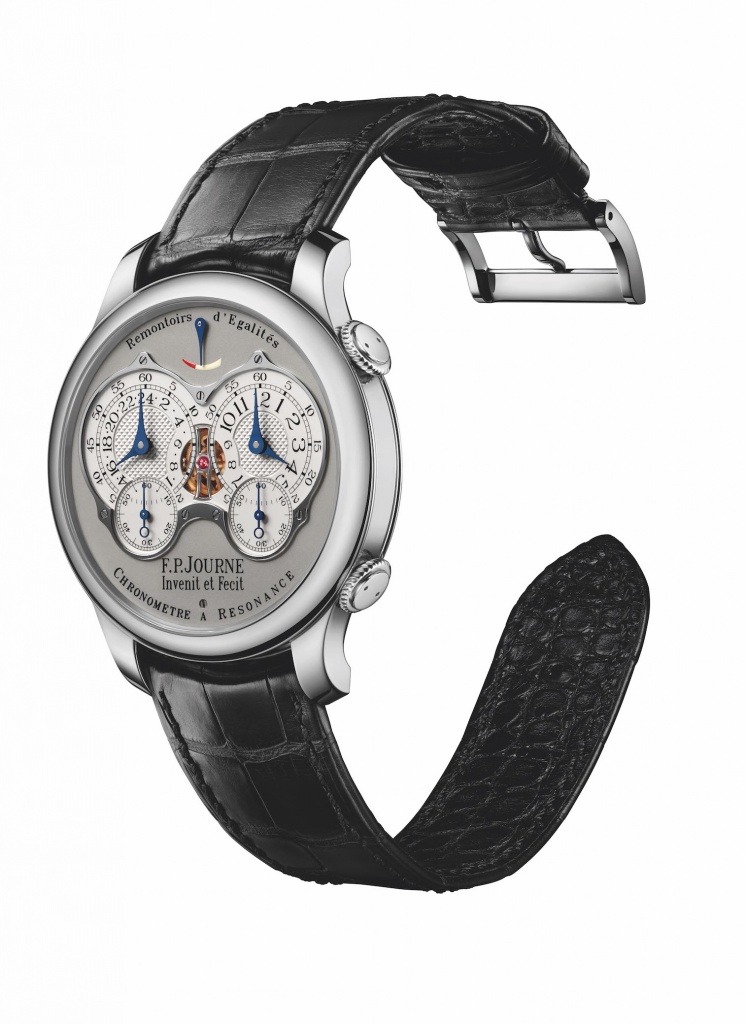
The resonance phenomenon_
Resonance is a natural acoustic phenomenon. Any animate body transmits a vibration to its environment. When another body picks up this vibration at the same frequency, it absorbs its energy. In watchmaking it pertains to two independent movements set side by side that get in synchronization.
Few examples: a soprano’s voice. She delicately sings into a glass until she hears to which frequency the glass replies and then, she emits a stentorian sound at that same frequency. The glass then vibrates in sympathy. If the energy provided is sufficient, the glass will not be able to tolerate it and will break.
Musicians who play wind and stringed instruments also know about the resonance phenomenon, as Keith Jarrett mentioned in the first ca- talogue of F.P.Journe. Certain strings on lutes and sitars, for example, are not made to be touched; they vibrate by resonance when the mu- sician plucks the strings in close proximity to them.
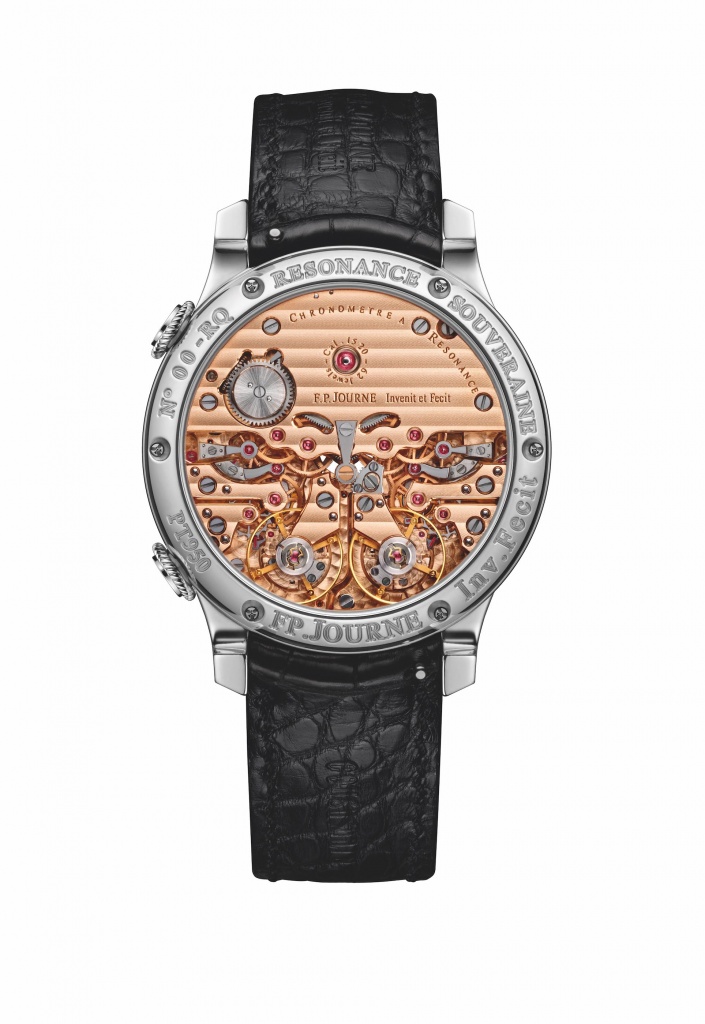
All radio communication systems, transmitters and receivers, use resonators to “filter” the frequencies of the signals they use. When we are looking for a program on the radio, it crackles until the chosen wavelengths meet those of the transmitter: only then do they harmonize to begin resonating together.
A bridge is subjected to vertical and transversal oscillations, or torsion. In 1850, a troop that was crossing a bridge suspended over the Maine River in Angers, and that was marching in step to the same rhythm, caused the bridge to rupture, leading to the death of 226 soldiers. Military regulations forbid them to walk in step across a bridge.
Magnetic resonance imaging, MRI, uses the resonance of a body’s protons to produce images. An automobile, with its suspension system, is an oscillator! Shock absorbers prevent the vehicle from resonating sharply.
Large buildings subjected to earthquakes are protected by installing an oscillator (a large pendulum) that is suspended above the building and whose own frequency is similar to that of the building. In this manner, the pendulum absorbs the energy, preventing the building from collapsing.

